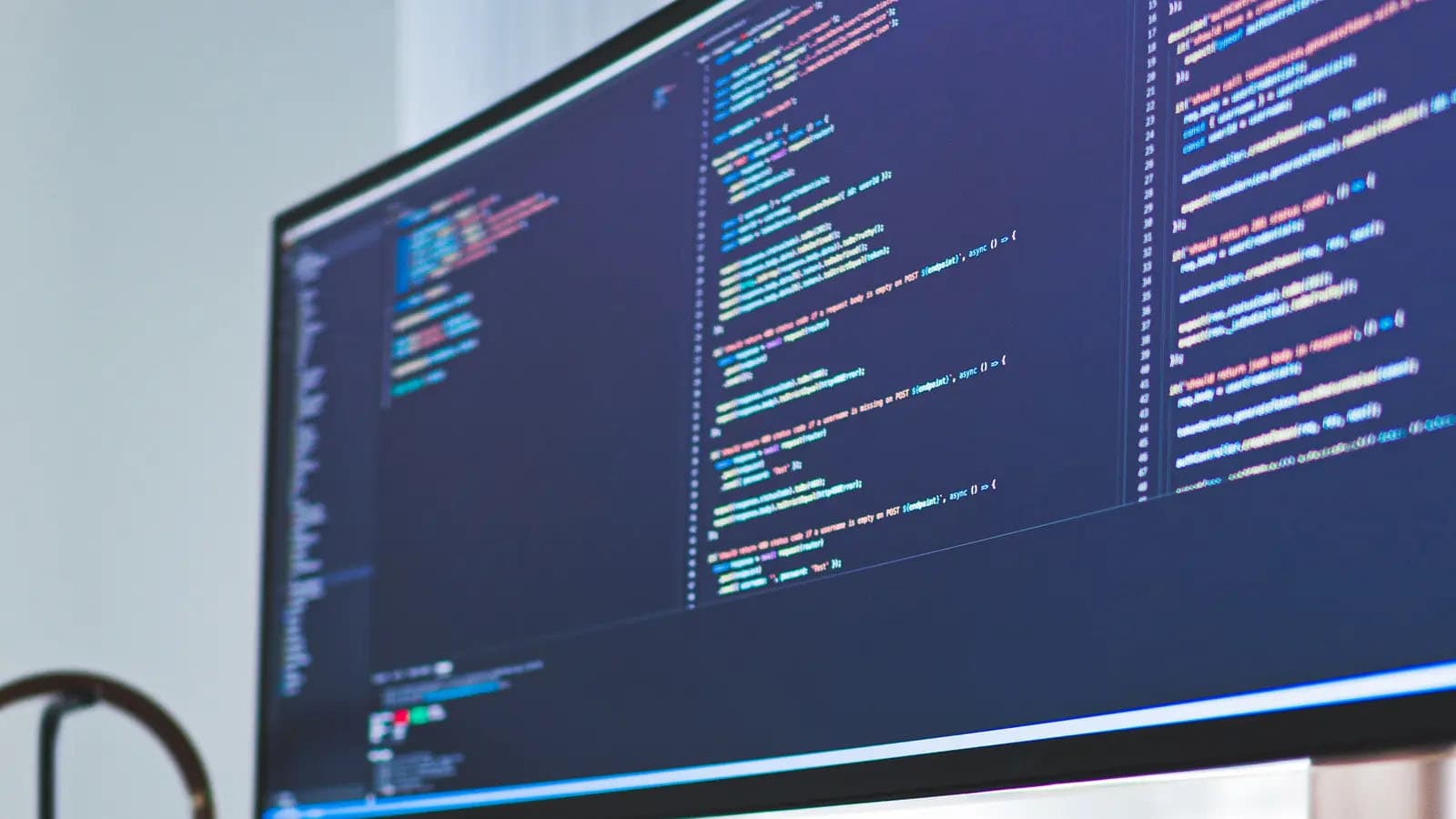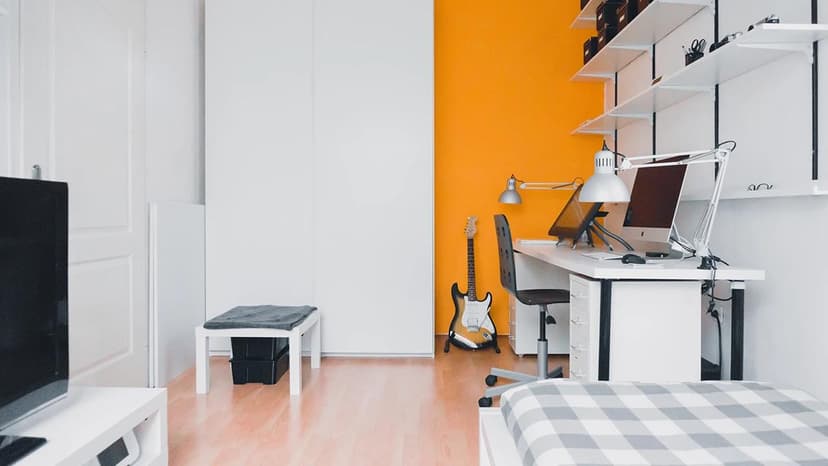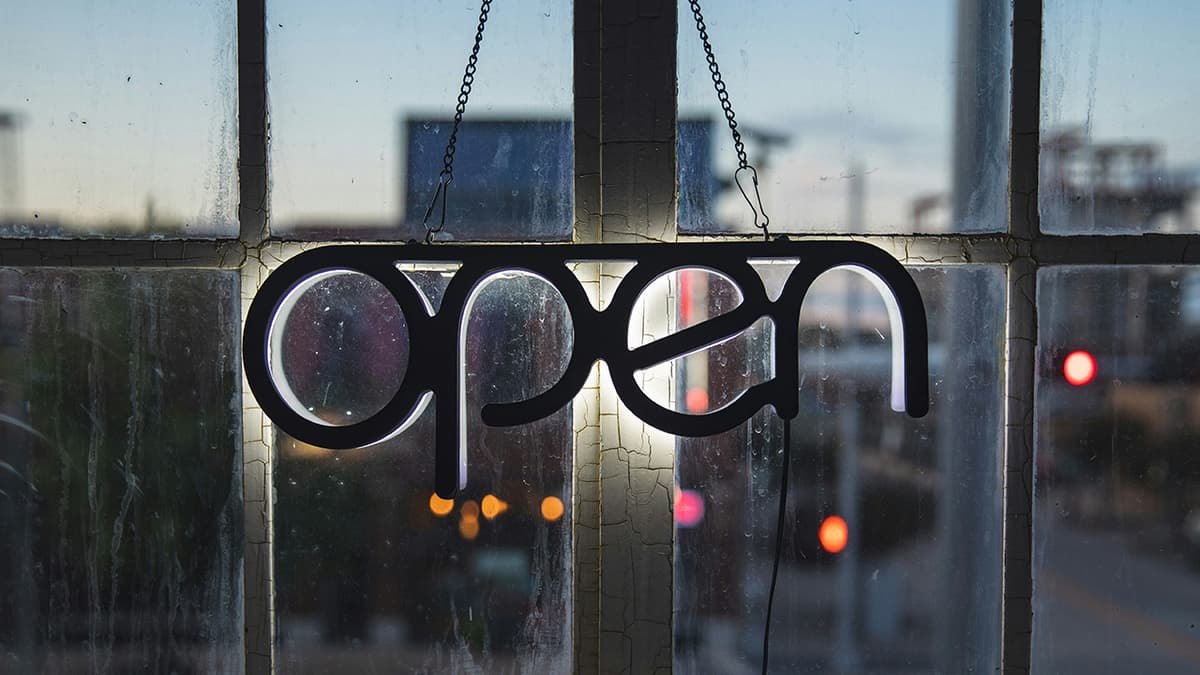Product Designer Career Path
Product design is essential for creating innovative and user-friendly products that enhance consumer experiences. The demand for unique and functional products has increased the importance of product designers. This article explores the responsibilities of product designers, the different job levels, and various career paths in this field.
Understanding the Role of a Product Designer
What does a product designer do? A product designer conceptualizes, designs, and develops goods that fulfill specific user needs and market demands. They are involved at every stage of the product lifecycle, from initial idea generation to final manufacturing. The goal is to create aesthetically pleasing, functional, and user-friendly products, considering factors like ergonomics, materials, and manufacturing processes.
Key tasks of a product designer include:
- Research and Analysis: Conducting user research, market analysis, and trend forecasting to grasp consumer needs and preferences.
- Concept Development: Creating sketches, brainstorming ideas, and developing design concepts.
- Prototyping and Testing: Building physical or digital prototypes to evaluate functionality, usability, and visual appeal.
- Collaboration: Working closely with teams, including engineers, marketers, and manufacturers, to meet product goals.
- Product Refining: Iterating designs based on feedback and conducting further testing for optimal product performance.
- Finalizing Designs: Producing detailed technical drawings and specifications for manufacturing.
- Continuous Improvement: Staying updated with design trends and emerging technologies to enhance future product iterations.
Levels of Product Design Jobs
What are the different levels of product design jobs? The field offers various job positions, each with distinct responsibilities and requirements. Common levels include:
1. Junior Product Designer
Junior product designers have basic design skills and limited professional experience. They work under senior designers, assisting in tasks like sketching, 3D modeling, and research. Their primary focus is on learning and gaining practical experience.
2. Mid-Level Product Designer
Mid-level product designers have several years of experience and proficiency in design software. They manage their own design projects, create detailed product specifications, and collaborate with cross-functional teams. They execute design concepts and refine product experiences.
3. Senior Product Designer
Senior product designers lead design initiatives, manage teams, and align the design process with business goals. They have a deep understanding of user research and design strategies. They collaborate with stakeholders, manage client relationships, and mentor junior and mid-level designers.
4. Design Manager
Design managers oversee design teams and projects, balancing creative and operational aspects. They set the design vision, establish processes, and ensure successful project execution. They collaborate with executives, product managers, and engineers to drive design strategy.
5. Design Director
Design directors shape the design direction and vision of an organization. With extensive design management experience, they align design with business objectives. They drive innovation, oversee multiple design teams, and promote design excellence.
Career Path in Product Design
What career paths are available in product design? The field offers diverse opportunities for growth and specialization, including:
- Specialization in a Specific Industry: Designers can focus on specific sectors such as automotive, consumer electronics, or healthcare, becoming experts and solving industry-specific challenges.
- Entrepreneurship: Designers passionate about business can start their own design consultancy or launch products, requiring design skills and business knowledge.
- Academia: Some designers choose to teach or conduct research at academic institutions, contributing to educational efforts in design.
- Design Leadership: Experienced designers can transition to leadership roles, becoming managers, directors, or chief design officers, overseeing design strategy and innovation.
- Freelancing: Freelancing offers designers flexibility to work on diverse projects across industries, allowing for a versatile portfolio while maintaining independence.
A product designer plays a critical role in creating innovative and user-centric products. With various levels of positions and opportunities for growth, this field provides a rewarding career path for those driven by creativity and problem-solving.












